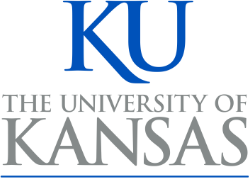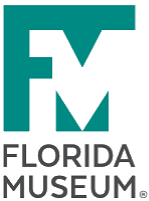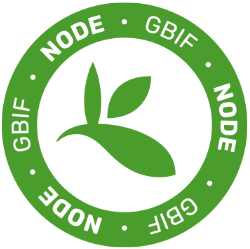News Articles
Published: 01-26-2022
QUICK LINKS
Registration
Abstract Submission
Themes
Speakers
New for 2022
Mentoring
CLICK HERE TO REGISTER
Sixth Annual Digital Data in Biodiversity Research Conference
The Field Museum in collaboration with iDigBio and the Natural Science Collections Alliance is pleased to announce the sixth...
Published: 01-25-2022
Synopsis of Program:
iDigBio is the national coordinating center for NSF’s 10-year Advancing Digitization of Biodiversity Collections (ADBC) program, which is guided by the vision to digitize and mobilize hundreds of millions of vouchered natural history museum specimens for research. These digitized data constitute a primary platform for “Big Data” research in...
Published: 01-21-2022
Happy 2022 to all collections’ community colleagues. iDigBio is excited about the biodiversity community’s collective successes in 2021 and is looking forward to an adventurous upcoming year with many new activities on its workplan.
Among our community’s most welcomed achievements from 2021 were the announcements of continued NSF support of collections...
Published: 11-12-2021
The same team that brought us the 2021 virtual summer SACNAS BioBlitz also organized a workshop entitled Engaging Communities in Science Research Using BioBlitzes during the 2021 SACNAS National Diversity in STEM virtual conference on October 28, 2021.
At the beginning of the workshop, Ph.D. student Adania Flemming introduced the concept of ...
Published: 11-04-2021
Contributed by Molly Phillips
Photo by Cletus Lee
The end of 2021 is now on the horizon but, if you are like me, your schedule is as busy as ever! I have been thinking about how nice it would be to roll into a ball and block out the world for a little while, which made me think of the marvelous pillbug.
The pillbug, (Armadillidium vulgare) is neither pill nor...
Published: 10-18-2021
We are excited to announce that the iDigTRIO Biology Career Conference and Fair will be taking place throughout the week of February 21st, 2022. The iDigTRIO conference is aimed at collegiate and pre-collegiate students associated with TRIO programs around the United States (but is open to all students). The mission of the iDigTRIO Conference is to provide...
Published: 10-01-2021
As of September 1, 2021, iDigBio is now in Phase 3 of its history, thanks to very generous support from NSF through the Sustaining Infrastructure for Biological Research (Sustaining) program. As the program title suggests, NSF is charging the collections community to continue the successes and progress in digitization, workforce development, data mobilization and use, and education and...
Published: 10-01-2021
Ghost Jelly (Cyanea nozakii)
Contributed by Lauren Bradley (University of Florida Student and 2021 iDigBio Summer Intern)
Happy October! Halloween will be here sooner than we think. I love Halloween, but every year I have all these great ideas for costumes that end up either not happening or thrown together last minute because I procrastinate the whole month and then freak...
Published: 09-30-2021
Museum Collections Predict Species Abundance in the Wild
Scientists develop method to estimate wildlife numbers from museum records
Can the number of museum specimens of small mammals, fish, insects, amphibians, trees, or wildflowers tell us how many of those animals and plants are living in the wild? A surprising new study published in the journal, Methods in Ecology and...
Published: 09-03-2021
Dead Leaf Butterfly! (Kallima inachus)
Contributed by: Lauren Bradley
Autumn is right around the corner, and what a beautiful season it is! Here in Florida, we see the occasional red or yellow leaf during the autumn months, but really, all we can hope for is some cooler weather, and even that isn’t guaranteed. The Kallima inachus seems to agree with us humans in admiring the...




